Mr. Vu Duc Giang - Chairman of the Vietnam Textile and Apparel Association (Vitas) - commented that the imposition of a ceiling tax rate of up to 46% on Vietnam was surprising and a "blow" to export enterprises such as seafood, textiles, etc.
Chairman of the Vietnam Textile and Apparel Association Vu Duc Giang said that Vietnam's garment exports to the US currently have items subject to 0% tax, 7%, 12% tax, or jackets at 27%. Vietnam does not have a free trade agreement (FTA) with the US, so the tax base already exists, not just applied now.
"46% is a tax on the total number of Vietnamese goods exported to the US. In the near future, there will be details on each product line to apply the tax. The government is implementing a series of solutions and continuing negotiations to consider how to apply the tax lines in the coming time. The association recommends that businesses calmly wait for negotiations between the two governments. Brands will also give their opinions so as not to greatly affect production organization," said Mr. Giang.
In addition, Mr. Vu Duc Giang said that it is necessary to control the import of raw materials to avoid being "laundered" and circumvented. Therefore, we need to be extremely careful to ensure the reputation of textile products in all markets, not just the US. Next, we need to proactively improve capacity, seek new customers, diversify markets, and not depend on any one large market;
Mr. Tran Nhu Tung, Chairman of the Board of Directors of Thanh Cong Textile and Garment Investment and Trade Joint Stock Company, Vice Chairman of the Vietnam Textile and Apparel Association (Vitas), is concerned that the general tax rate for Vietnam of up to 46% will directly affect the consumption of Vietnamese textiles in the US and cause a decrease in textile and garment export turnover.
This morning, the Ho Chi Minh City Textile, Embroidery and Knitting Association also held an urgent meeting with association members and businesses to discuss and make further assessments, from which to have a response plan, and make recommendations and proposals.
Mr. Pham Xuan Hong, Chairman of the Ho Chi Minh City Textile, Embroidery and Knitting Association , is concerned that the US tariff policy has prevented businesses from expanding their investment this year, with most of them staying put and working on orders they already had. In the first quarter of the year, the industry’s export turnover increased, but concerns still lie ahead.
On his side, Mr. Pham Xuan Hong said that he had a meeting with American customers to inform them about the situation and renegotiate the price policy, in the spirit of sharing difficulties together. In the future, businesses must continue to optimize production to reduce costs. In particular, businesses must diversify markets, promote the development of new markets, especially the European market through trade agreements such as EVFTA.
According to statistics, in 2024, with textile and garment export turnover reaching about 43.5 billion USD and growing by 11% compared to the previous year, Vietnam has risen to the second position in the world, just behind China in total textile and garment export turnover. Vietnam is having the best textile and garment export growth rate among the world's textile and garment exporting powers.
Notably, in the first two months of 2025, Vietnam exported more than 7 billion USD worth of textiles and garments, and the export proportion to the US remained at 40%.
KBSV Securities Company offers three possible scenarios if the US puts Vietnam on the list of partners subject to reciprocal tariffs.
Scenario 1: Vietnam is subject to reciprocal tariffs excluding value-added tax (VAT). Accordingly, the US could increase the average tariff by 5.8% on goods imported from Vietnam.
Scenario 2: Vietnam is subject to reciprocal tariffs taking into account VAT. The US may also consider other trade barriers that other countries are applying, typically VAT, accordingly, the reciprocal tariff rate could be up to approximately 11%.
Scenario 3: Vietnam is not subject to reciprocal tariffs. Furthermore, Vietnam also has specific plans to increase purchases of goods from the US… so this scenario is the most expected.
Source: https://phunuvietnam.vn/doanh-nghiep-det-may-viet-nam-can-da-dang-hoa-thi-truong-truoc-chinh-sach-thue-doi-ung-cua-my-20250403113933373.htm






![[Photo] Thousands of Buddhists wait to worship Buddha's relics in Binh Chanh district](https://vphoto.vietnam.vn/thumb/1200x675/vietnam/resource/IMAGE/2025/5/3/e25a3fc76a6b41a5ac5ddb93627f4a7a)




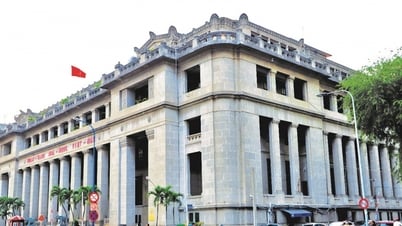








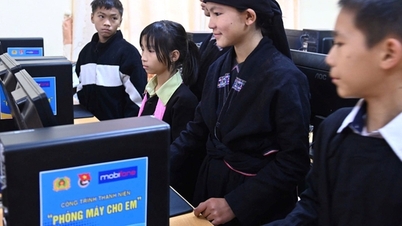




![[Photo] Bustling construction at key national traffic construction sites](https://vphoto.vietnam.vn/thumb/1200x675/vietnam/resource/IMAGE/2025/5/2/a99d56a8d6774aeab19bfccd372dc3e9)


















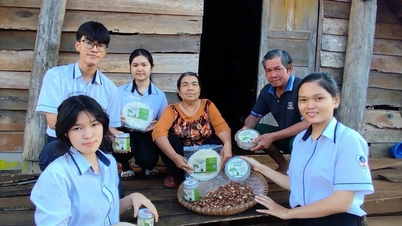










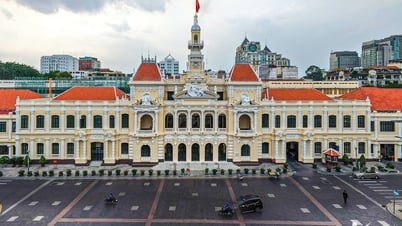





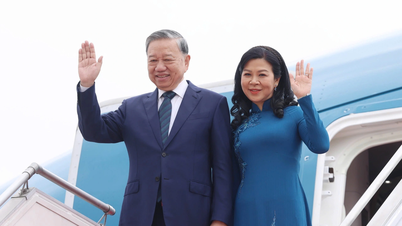

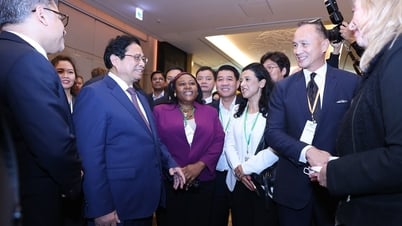









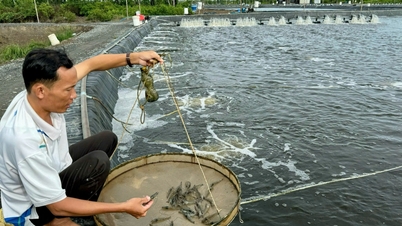

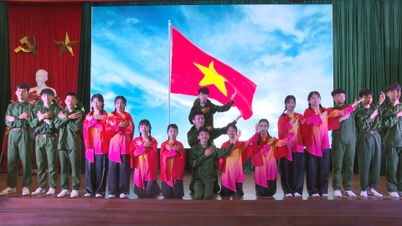







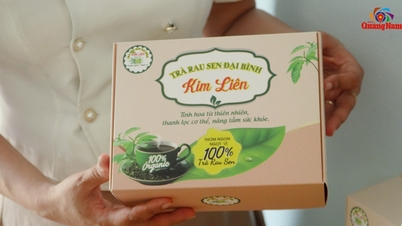








Comment (0)